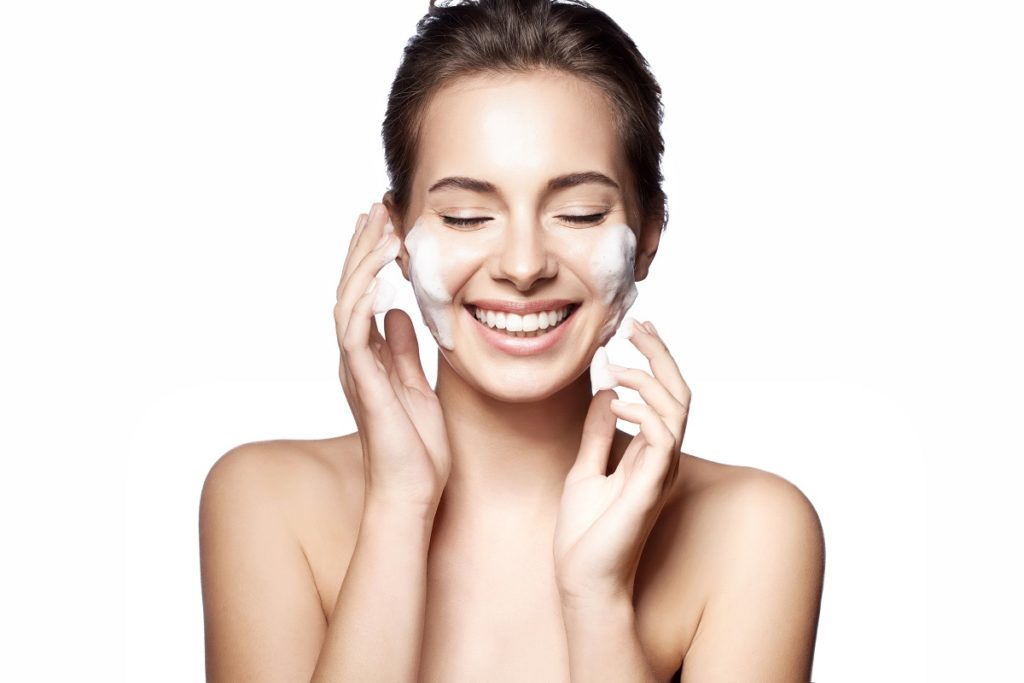Aging catches up to all of us: our skin becomes rougher, starts to sag, and we start losing that youthful glow we once took for granted. While others combat this by undergoing different kinds of cosmetic surgery, some may not be so eager. Fortunately, there’s a way to keep that youthful glow without having to go under the knife.
Benefits of Non-Surgical Treatments
Looking good and feeling great doesn’t mean having to get surgery done and burning through your bank account. For the scalpel-phobic who don’t want to wait weeks or even months, there’s another option to recover. Non-surgical facial treatments are cost-efficient ways to maintain and improve what your skincare routine can’t.
They’re More Affordable
Non-surgical treatments are generally more affordable compared to surgical facelifts. An average surgical facelift costs around $7,500, while non-surgical treatments like chemical peels and injectables can be done for less than $1,000.
Quick Recovery Time
Compared to regular procedures, the recovery time of non-surgical procedures is shorter. Some procedures can even have you back at work within a day.
Fast Treatments
Most non-surgical treatments can take an hour or less to finish.
Fewer Risks
These procedures often don’t involve anesthesia or incisions. Since they mostly take place on the surface of your skin, there are fewer risks involved compared to regular surgical procedures.
Less Discomfort
If you have a lower pain threshold, non-surgical treatments might be the best option for you as they require little to no aftercare. In case of any discomfort, you can counter this with any over-the-counter medication as suggested by your doctor.
Types of Treatments You Can Get
If you’re wondering about what kind of treatment is the best for you, that depends on what you’re looking to change or enhance. Whether you’re looking to smooth those wrinkles, tighten your skin, or freshen up your look, your doctor can help you decide on the best treatment for your skin concerns.
Injectable Treatments
Injectable treatments are generally used for reducing wrinkles and getting smoother skin. This usually comes in two categories: dermal fillers and Botox treatments.
Dermal Fillers
Dermal fillers are usually known as wrinkle fillers but can do more than fill out your wrinkles. They usually help smoothen age lines and enhance the contours on your face and come in six different types: collagen, hyaluronic acid (HA), fat, Calcium hydroxylapatite, Poly-L-lactic acid (PLLA), and Polymethyl methacrylate (PMMA).
Botox
One of the most popular non-invasive procedures that even celebrities use to keep their skin firm, Botox procedures involve a small injection that relaxes muscle tension. The effects of this procedure can last for up to 6 months, so you may have to return to your doctor for another shot at least once or twice a year.
Skin Resurfacing
This type of procedure uses lasers, chemicals, or exfoliating blades to improve the texture and appearance of your skin.
Laser

Depending on your skin concerns, your dermatologist or physician may use ablative or non-ablative lasers. The former makes use of carbon dioxide (CO2) or Erbium. The CO2 laser usually gets rid of wrinkles, scars, or warts, while the Erbium laser helps eliminate fine lines and other surface-level skin concerns. Non-ablative lasers, on the other hand, make use of fractional lasers, pulsed light, and pulsed-dye lasers to get rid of rosacea, spider veins, or acne.
Chemical Peels
Chemical peels remove the top layer of your skin, leaving you with smoother, tighter, and refreshed skin. They can also get rid of acne scars, age spots, fine lines, scars, and other skin concerns. Chemical peels are usually made up of salicylic acid, lactic acid, trichloroacetic acid, carbolic acid (phenol), or glycolic acid and are applied to small areas of the skin.
Microdermabrasion
This procedure makes the use of two techniques: microdermabrasion through an exfoliating blade or aluminum oxide or sodium bicarbonate spray with a vacuum. This shaves off the top layer of your skin and leaves you with smoother skin and an evened-out skin tone. It can also help improve the appearance of skin-related problems like wrinkles, age spots, sun damage, and more.
Skin Tightening
When our skin begins to lose elasticity, it starts to sag. This is a normal part of the aging process, but, understandably, some people might want to achieve a younger-looking face through skin-tightening treatments.
Microneedling
This procedure makes use of small needles that target heat onto the lower layers of your skin. This heats the collagen, resulting in your skin creating more collagen naturally and giving your skin a renewed look. For the best results, you may need to have the procedure done multiple times.
Ultherapy
Ultherapy is the closest non-surgical alternative to a regular face lift. Like microneedling, it makes use of heat generated at the right temperature to support collagen regeneration. The difference between the two is the technology, as microneedling uses needles, why ultherapy uses ultrasound technology.
Photofacial
Like microneedling and ultherapy treatments, the goal of photo facials is to stimulate collagen regeneration while lightening the appearance of any blemishes. This procedure usually uses light-based technology like intense-pulsed-light (IPL) or light-emitting-diode (LED) to achieve this. The difference between these two is that the former only works on the outer layer of your skin, making it best for minor skin concerns, while the latter works better on deeper skin conditions such as age spots and wrinkles.
Non-surgical cosmetic treatments are a cost-efficient way to enhance your features and keep your skin looking young. They offer a more natural-looking result with shorter downtime and fewer risks, making them the best choice for busy professionals, those on a budget, and those who aren’t keen on going under the knife. No matter which procedure you choose to get, it’s best to ask your dermatologist or physician for advice before undergoing any procedure.

